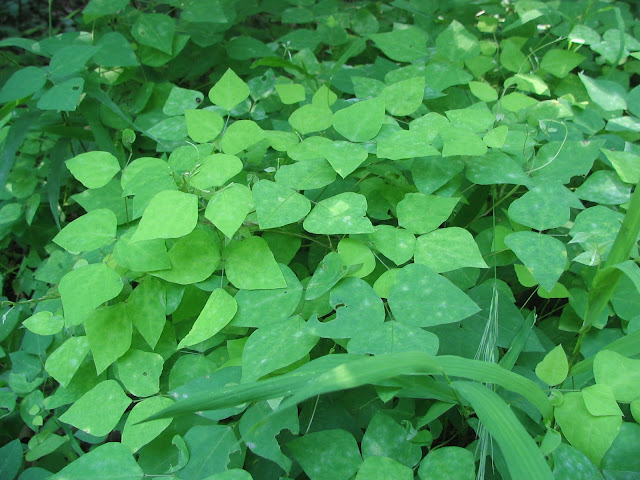Like many indigenous tribes around the world, Native Americans believed in witchcraft and magic. These beliefs were passed down by oral tradition. There were many traditions such as vision quests to gain enlightenment and direction and many dances and ceremonies to honor spirits and ancestors. Historic records show that Algonquian and Iroquois accepted witchcraft as part of their world and would use it to explain disasters. For more information see https://www.jstor.org/stable/1124016. Many plants were used to ward off witchcraft. Below find five used by different Native American Communities from around the country.
 |
| Rock Jasmine |
Androsace occidentalis commonly known as rock jasmine or fairy candelabras is in the primrose family. This delicate-looking flower is native to much of the midwestern and western United States. The Navajo collected this plant and used it for pain from witches' arrows.
 |
| Angelica atropurpurea |
Angelica atropurpurea is a species of flowering plant that can be found in eastern North America including Connecticut as far south as Tennessee and as far north as Ontario, Canada. The aromatic root of this plant had widespread use among many Native American communities as a purification herb. It was often burned during the shaman's prayers in a healing ceremony. It was used to prevent heat stroke during a Ribbon Dance in the Green Corn Ceremony. The Iroquois used this plant specifically to punish evil people and would use an infusion of smashed roots to remove ghosts from a house.
.jpg) |
| Ottleya wrightii |
Ottleya wrightii or Lotus wrightii is native to the Southwestern United States and is the legume or bean family. It is a delicate plant with yellow flowers on many stems that rise up from a single root crown and was named after Charles Wright. The Zuni people apply a poultice of the chewed root to swellings that they believe are caused by the witching power of a bullsnake, one of the largest and longest snakes in the U.S. reaching a length of eight feet or more.
 |
| Macromeria viridiflora |
Macromeria viridiflora or giant trumpets is a large hairy leafy plant with stout stems that have pale trumpet-shaped flowers that grow in large coils at the ends of the plant's upper branches. The Hopi would dry the plant and smoke it as a cure against people that know how to charm. It was also smoked for fits, craziness, and as a cure for witchcraft. The Hopi also smoked this plant in rain-bringing ceremonies.
 |
| Ulmus rubra |
Ulmus rubra or slippery elm is native to the eastern United States and can be found in Connecticut. The inner bark of the tree is edible and was boiled and eaten by Native Americans who also made a tea out of the bark. The tree's inner bark was also spun into a thread and used for bowstrings, ropes, and jewelry. The Cree used a decoction of the bark of this tree and mixed it with gunpowder and took it to speed delivery. It was also used in sympathetic magic.
_(Flint_Ridge,_Ohio,_USA)_3_(26158948004).jpg)








_(2).jpg)
_(15189602628).jpg)
_(18310724492).jpg)


